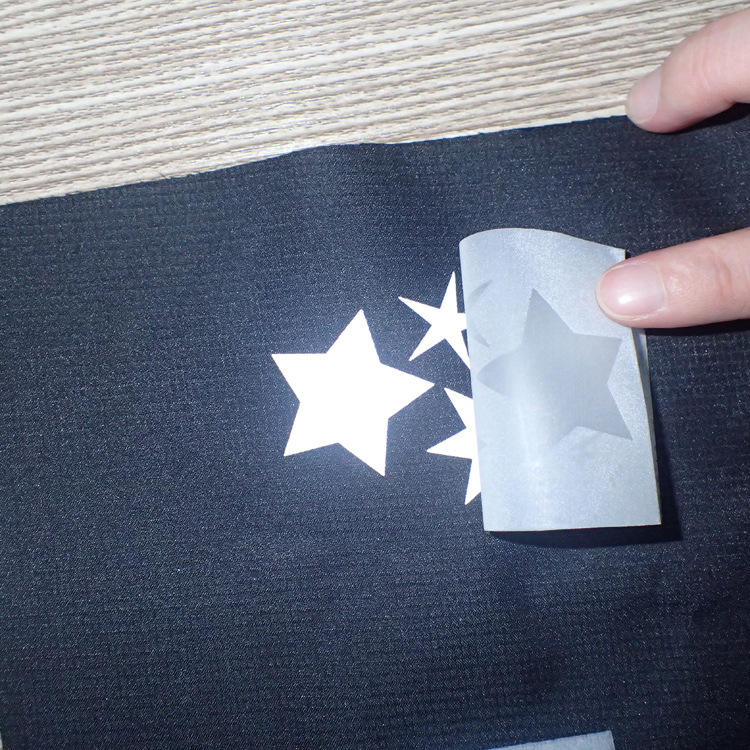
In the world of printing, both transfer printing and traditional printing methods hold significant value. Each has its unique processes, advantages, and applications. Understanding the differences between these two printing techniques is essential for choosing the right method for your specific needs. This article explores transfer printing and traditional printing, highlighting their key features, benefits, and ideal applications.
What is Transfer Printing?
Transfer printing is a process where an image or design is first printed onto a flexible substrate, such as paper or film, and then transferred onto the final surface, which can be fabric, ceramic, or other materials. This method is popular in textile printing, ceramics, and other applications where precise and vibrant designs are required.

Key Types of Transfer Printing:
1.Heat Transfer Printing: Uses heat to transfer the design from a printed substrate onto the target surface. Common in apparel and promotional products.
2.Sublimation Printing: Involves converting solid dye into gas without passing through a liquid state, bonding the dye to polyester fabrics or coated materials.
3.Ceramic Transfer Printing: Transfers designs onto ceramic surfaces using a decal and firing process, often used for decorative ceramics.
What is Traditional Printing?
Traditional printing encompasses various conventional methods, including screen printing, offset printing, and direct-to-garment (DTG) printing. These methods typically involve applying ink directly to the surface to create the final image or design.
Key Types of Traditional Printing:
1.Screen Printing: Uses a stencil or screen to apply ink onto the substrate. Ideal for high-volume production and durable prints.
2.Offset Printing: Transfers ink from a plate to a rubber blanket and then onto the printing surface. Commonly used for high-quality, mass-production printing on paper.
3.Direct-to-Garment Printing: Directly applies ink to fabric using specialized inkjet technology, suitable for detailed and multi-color designs.
Comparing Transfer Printing and Traditional Printing
1. Process and Flexibility:
Transfer Printing: Offers greater flexibility as designs are first printed onto a carrier substrate and then transferred. This allows for intricate and multi-color designs to be applied with precision. It is especially beneficial for printing on irregular or heat-sensitive surfaces.
Traditional Printing: Applies ink directly to the surface, making it suitable for straightforward designs and high-volume production. However, it may be less effective for complex, multi-color patterns on heat-sensitive materials.
2. Quality and Detail:
Transfer Printing: Known for producing high-quality, detailed images with vibrant colors. Sublimation and heat transfer methods excel in delivering photo-realistic results.
Traditional Printing: While capable of producing high-quality prints, methods like screen printing may struggle with fine details and color gradients compared to transfer printing.
3. Durability:
Transfer Printing: Durability varies based on the method and materials used. Sublimation printing offers excellent durability, while heat transfer prints may wear over time.
Traditional Printing: Screen printing is renowned for its durability, especially for apparel. Offset printing provides long-lasting results for paper products.
4. Cost and Efficiency:
Transfer Printing: Initial setup costs can be lower, making it cost-effective for short runs and custom prints. However, the transfer process can be time-consuming for large quantities.
Traditional Printing: Higher initial setup costs, but more efficient and cost-effective for large-volume production. Screen printing and offset printing are economical for bulk orders.

Ideal Applications
Transfer Printing:
Custom apparel and promotional products
Ceramic and glass decorations
Detailed and multi-color designs on various surfaces
Traditional Printing:
Large-volume apparel printing (screen printing)
High-quality paper products (offset printing)
Direct printing on textiles for intricate designs (DTG printing)
Conclusion
Choosing between transfer printing and traditional printing depends on your specific needs, including the type of design, volume, material, and desired durability. Transfer printing excels in producing detailed, vibrant designs on various surfaces, making it ideal for custom and intricate projects. Traditional printing methods, like screen and offset printing, are highly efficient for large-volume production and offer exceptional durability. By understanding the strengths and limitations of each method, you can make an informed decision that ensures optimal results for your printing projects.
transfer printing traditional printing screen printing offset printing heat transfer sublimation
